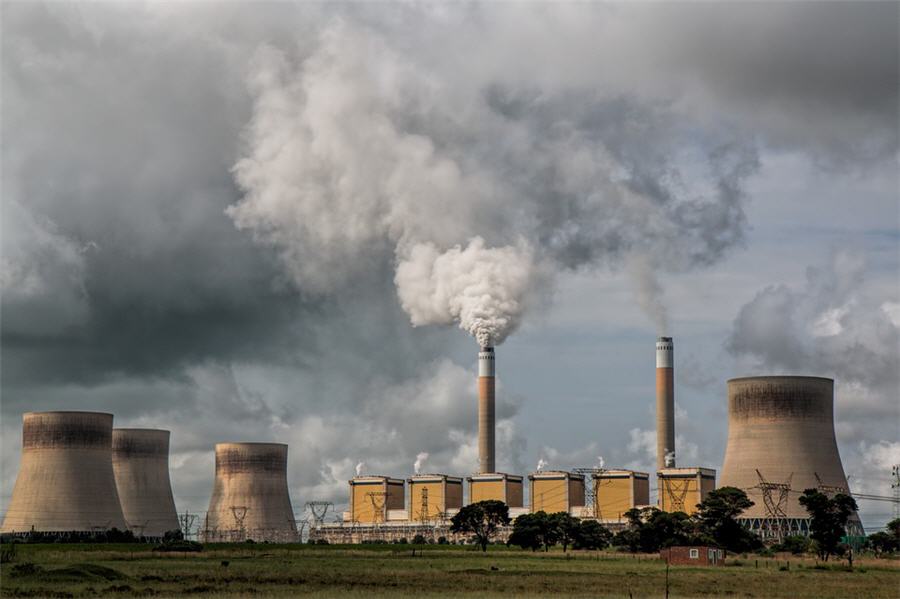South Africa’s ailing Eskom faces emissions violations, could shut plants

South Africa’s cash-strapped power utility Eskom could be forced to shut some plants if it fails to reduce emissions, its chief operating officer warned on Wednesday, raising the spectre of further blackouts.
The potential closures, which Jan Oberholzer said could cut a tenth of the state firm’s 45,000 MW production capacity, piles pressure on the government which has had to bail out the debt-ridden company to keep it afloat.
Africa’s biggest public utility supplies over 90% of South Africa’s electricity, relying largely on ageing, heavily polluting coal-fired power stations but does not generate enough cash to meet its debt servicing costs.
It is also responsible for at least a third of the country’s greenhouse gas emissions.
“If we were to press a button today and solve all theses (emissions) troubles, it would cost us 300 billion rand ($20 billion)”
Installing the technology needed to reduce carbon and sulphur emissions would cost 10 times the 26 billion rand the Treasury has earmarked for Eskom in the financial year ending in March 2020, part of a 59-billion-rand two-year package.
That package is on top of a 23 billion rand a year bailout for the next three years.
“If we were to press a button today and solve all theses (emissions) troubles, it would cost us 300 billion rand ($20 billion). But as you know we do not have money,” Eskom’s acting Chief Executive and chairman Jabu Mabuza told reporters.
Eskom has therefore applied to the Department of Environmental Affairs for rolling postponements of its obligations to meet the emissions and air standards.
“If we don’t fix this and reduce our emissions, there’s a risk that we have to shut down some of the power stations,” Oberholzer told a press briefing. “Have we done the work we said we would? No we haven’t.”
Oberholzer did not say when Eskom’s failure to meet emissions requirements might trigger plant closures.
Keeping the lights on
Ratings agencies regularly cite Eskom as one of the biggest threats to South Africa’s investment-grade credit rating status.
Power cuts – referred to as loadshedding in South Africa – in the first quarter pushed Africa’s most developed economy into a deep contraction.
Though the situation has improved since March due to stable coal supplies and a maintenance overhaul, Mabuza did not rule out further blackouts.
“Whilst we cannot guarantee there will be no loadshedding we are confident we can keep the lights on this summer,” he said.
Eskom’s coal stocks were at 50 days, excluding the Medupi and Kusile power stations, Mabuza said, adding that the company planned to undertake plant maintenance on 5,500 MW of capacity over the next seven months.
Coal stocks were at half of required regulatory levels of 50 days or more at the beginning of the year at most power stations.
Medupi and Kusile, currently under construction and not yet fully operational, are among the largest coal stations in the world but since building started in 2008, both have suffered major breakdowns while costs have escalated.
These setbacks have compounded South Africa’s power shortages and worsened Eskom’s financial crisis.
Costs to complete construction of Medupi and Kusile have ballooned to 145 billion rand and 161 billion, respectively, according to Eskom’s worst-case forecasts on Wednesday.
Meeting emission standards for Medupi alone could add another 80 billion rand to costs.
($1 = 15.2369 rand)
(By Mfuneko Toyana and Joe Bavier; Editing by Emelia Sithole-Matarise)
More News
{{ commodity.name }}
{{ post.title }}
{{ post.date }}

Comments